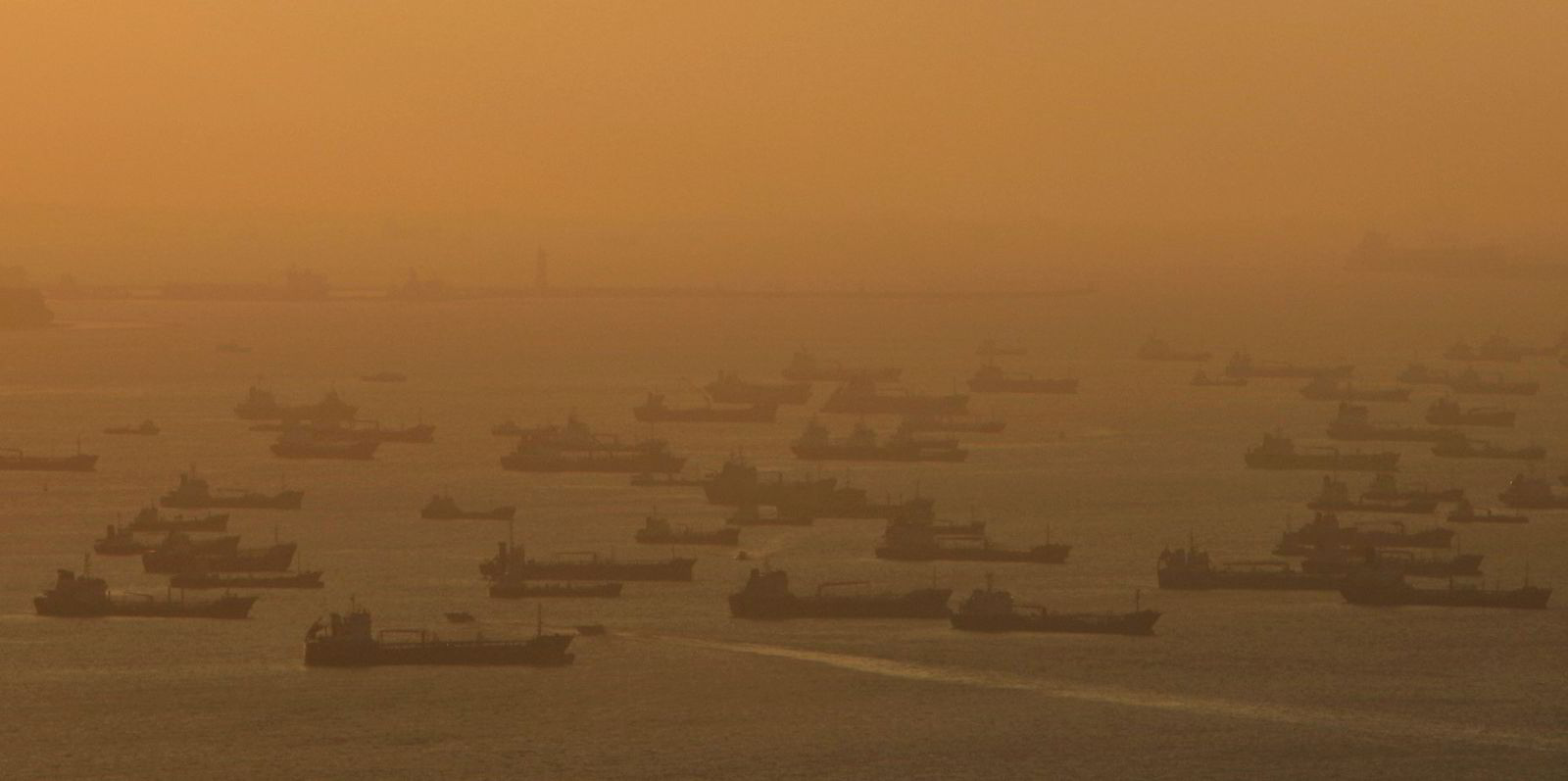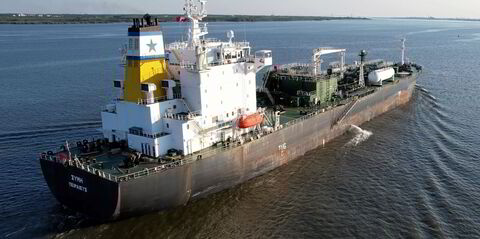Not one VLCC newbuilding deal has been concluded for more than a year.
According to brokers, reference sources and TradeWinds data, the last order was signed more than 12 months ago — in June 2021, when Euronav booked a vessel at Hyundai Samho Heavy Industries due for delivery in 2023.
“This is the longest period of no shipbuilding activity for VLCCs in more than 25 years,” Eva Tzima, head of research at Seaborne Shipbrokers, said.
Clarksons shows no VLCC newbuilding is scheduled to hit the water beyond 2024. This has brought the orderbook-to-active-fleet ratio for VLCCs to 4.5% in terms of tonnage — the lowest since a comparable data series began in January 1996.
Analysts attribute the dearth to a combination of low earnings, uncertainty over future fuels and high newbuilding prices, which has had a particularly pernicious effect on VLCCs.

Take earnings first.
“Owners’ sentiment towards new orders has been devastated by the poor incomes of the VLCC sector,” Yiannis Parganas, head of Athens-based Intermodal Research, said.
Covid-ridden China had weak demand for crude oil this year. At the same time, the redrawing of oil trade patterns in the wake of war in Ukraine has benefited smaller tankers but not VLCCs.
“Despite the surge in suezmax and aframax activity, VLCC rates have yet to ride the wave,” Parganas said.
Another key factor that eliminated appetite for fresh contracting has been record steel prices that sent newbuilding prices soaring.
A VLCC newbuilding would cost nearly $120m on average now — one-third more than two years ago.
Appetite wiped out
And with yard slots filled with lucrative orders for container ships and LNG carriers, they have no interest in pushing clients towards big oil carriers.
Eirini Diamantara, research analyst at Xclusiv Shipbrokers in Athens, said: “More generally, shipyards prefer to deal with orders for more expensive and profitable vessels ... than VLCCs.”
Anyway, shipyards seem content on the VLCC side with the wave of speculative ordering that took place between the end of 2020 and mid-spring of 2021, when about 50 vessels were ordered.

Players ordering VLCCs now would see their vessels delivered in late 2024 at the earliest.
“That, coupled with the overall uncertainty about oil demand as inflation is expected to dampen growth and oil consumption down the line, gives few arguments in favour of ordering,” Tzima said.
In that situation, the uncertainty over emission policies and future fuels weighs particularly heavy on big investments such as VLCCs.
“As neither the kind of fuel that will prevail, nor the technology to adopt are known yet, investors hesitate to order modern ships that they may be unable to operate efficiently,” Diamantara said.
Things may not swing back in the favour of VLCC newbuildings quickly.
True, the low orderbook offers scope for optimism in the sector and the shift in trade patterns that has boosted smaller tanker types has started benefiting big tankers as well.
However, Parganas argued that “the VLCC fleet consists of many young units, which mitigates the need for fleet renewal”.
On the other hand, falling steel prices have already begun cutting the cost of newbuildings.
“This, combined with more positive daily rates of the segment, may push shipowners to consider investing in VLCC newbuildings again,” Diamantara said.





